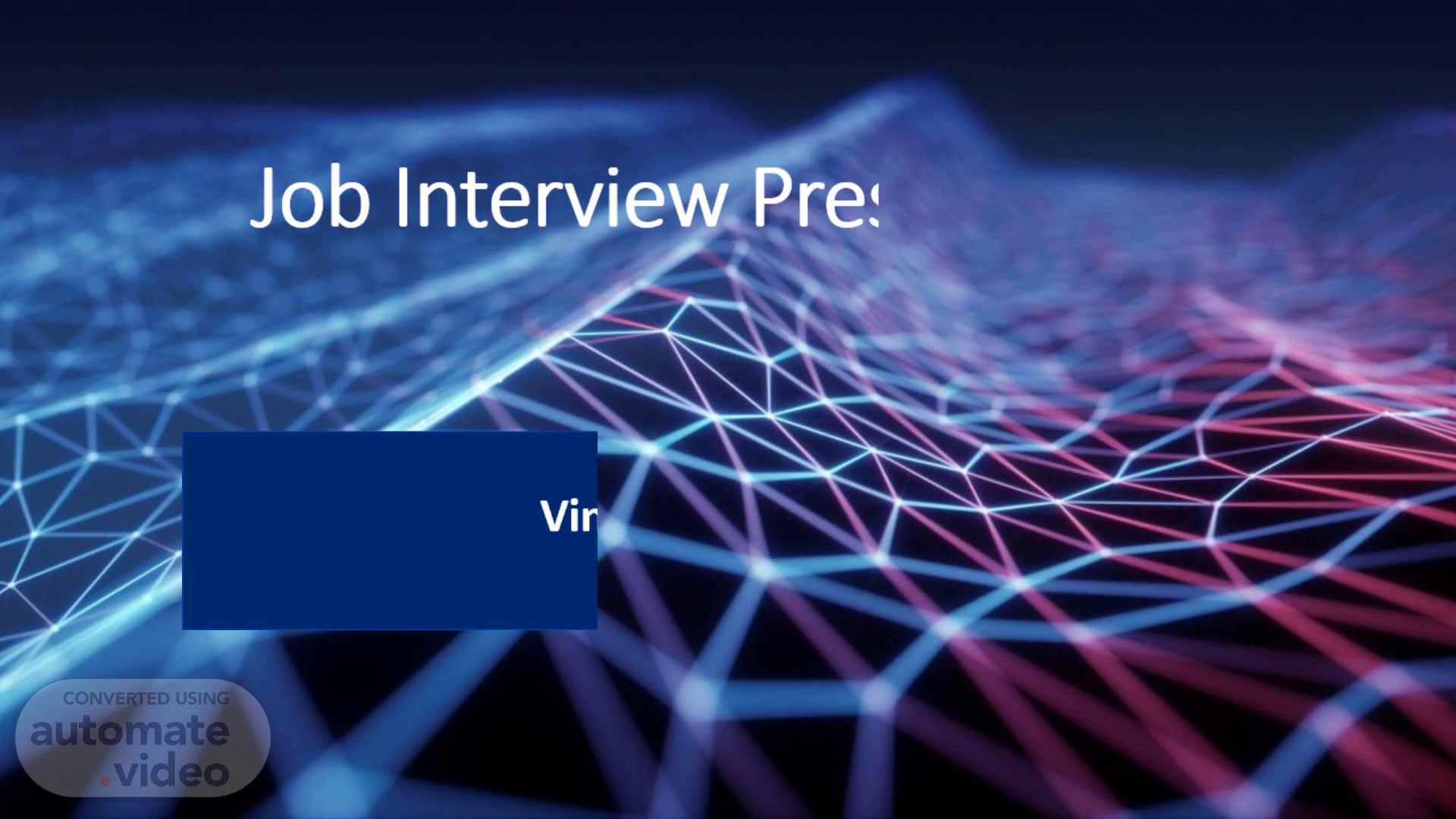
Page 1 (0s)
Closeup of a logo as a background image.. Job Interview Presentation.
Page 2 (8s)
The interview will focus on networking fundamentals and consist of 10 questions..
Page 3 (18s)
A close-up of a logo image.. United States Cyber Command uses state-of-the art technology. However, the fundamentals are as important as any innovative technology. Given that, what are the three basic local area network (LAN) topologies called?.
Page 4 (55s)
The national mission teams operate on all types of networks. To defend a network, you must first understand the network design on which you are operating. Provide a brief description of each of the following network topologies:.
Page 5 (2m 9s)
Our employees must have a theoretical and applicable understanding of how networking works. Name each layer of the OSI model. Provide the layer number and name from top to bottom..
Page 6 (2m 24s)
Briefly describe each function of the OSI model layer. Provide the layer name and the function in your response..
Page 7 (2m 59s)
A close up of a logo as a background image.. United States Cyber Command requires an internet service provider (ISP) to connect to the internet. What is the point at which the operational control of ownership changes from the ISP to United States Cyber Command?.
Page 8 (3m 34s)
Our teams operate and encounter all types of devices. Provide a brief description of each of the following common network devices:.
Page 9 (4m 31s)
The national mission teams require implementation of common protocols. Provide the port that each of the following protocols use:.
Page 10 (4m 45s)
A close up of a logo Description automatically generated.
Page 11 (5m 9s)
Provide the default subnet mask to the class of network:.
Page 12 (5m 28s)
Describe the purpose of an autonomous system.. Autonomous Systems are the core building blocks of the internet, allowing for efficient routing, policy enforcement, and scalability over the extensive network of linked networks that comprise the global internet. Imagine the internet as a massive freeway system. Autonomous Systems function similarly to individual states or provinces in this system. Each state has its road network (internal networks inside the AS), but they all communicate and interact through traffic regulations (routing policies). Each state's primary transportation agency (administrative control) administers these internal roads and their relationship to the more extensive highway system. Autonomous Systems bring a host of benefits to the internet infrastructure. These include scalability, efficiency, policy enforcement, and hierarchical routing. By dividing the internet into smaller, more manageable Autonomous Systems, we can effectively control it. Each AS can create unique routing regulations to meet specific needs and provide hierarchical routing between various networks on the internet..
Page 13 (6m 9s)
[image] A close up of a keyboard Description automatically generated.